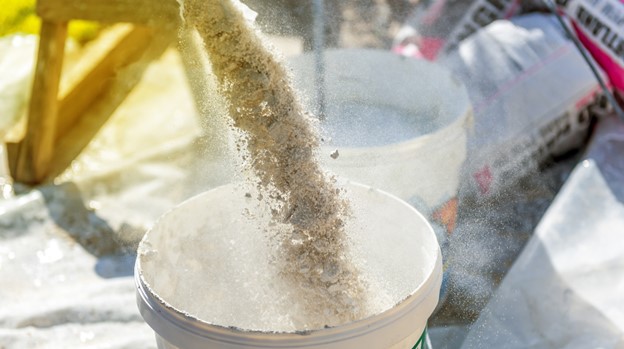Lime is a truly versatile material widely used in the construction of buildings. It can be utilized in masonry applications as a component of mortar or of the masonry unit, exterior (stucco) and interior plaster systems. Lime products may also be a component of mixes and mortars used in applications such as Hemp and Strawbale construction techniques.

Lime has been used in building construction for thousands of years to create durable mortar and plaster. Lime putty was originally used for such applications, however most modern applications now utilize hydrated lime. Dolomitic Type S hydrated lime is preferred for applications in North America, due to its exceptional water-retention capability and proven performance.
Lime provides benefits to mortar and plaster in both the plastic and hardened state. In the plastic state, lime can enhance workability and water retention. In the hardened state, lime products react with carbon dioxide to regenerate calcium carbonate or limestone. This is a slow, gradual process that increases the hardness of the finished surface and allows for the closing of hairline cracks by a process called autogenous healing.

Since initial strength is needed in most applications, additives such as gypsum, cement or pozzolans are mixed with lime in construction applications. Lime can react with pozzolanic materials in the mortar or plaster to produce a cement-like product. The strength of lime-based mixes can be modified according to the needs of the particular application. This is particularly beneficial in restoration applications, where low strengths and high vapor permeability are required.
